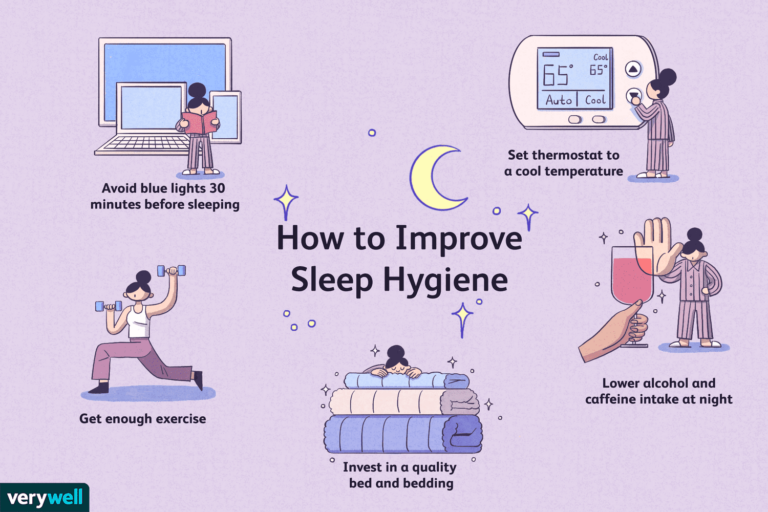Telehealth Platforms for Virtual Care: Transforming Healthcare Accessibility
Telehealth platforms have rapidly become a cornerstone of modern healthcare, offering convenient, efficient, and accessible care for patients worldwide. With the rise of virtual consultations, telehealth solutions are transforming the way healthcare providers deliver services, from routine checkups to specialized treatments. These platforms allow patients to connect with medical professionals without leaving their homes, saving time and reducing the need for in-person visits. As healthcare systems continue to embrace technology, telehealth is providing new opportunities for patients and providers alike. This article explores the benefits, features, and considerations when choosing telehealth platforms for virtual care, and how these platforms are reshaping the future of healthcare delivery.
What Are Telehealth Platforms and How Do They Work?
Telehealth platforms are digital tools that enable healthcare providers to offer remote care to patients through video consultations, phone calls, and messaging. These platforms allow patients to access medical advice, prescriptions, follow-ups, and sometimes even diagnostics from the comfort of their own homes. The platforms use secure communication channels and ensure that patient data remains confidential, often complying with regulatory standards like HIPAA (in the U.S.) for privacy and security. From family medicine to specialized care like mental health counseling, telehealth platforms are becoming versatile solutions for delivering healthcare services efficiently and safely.
The Key Benefits of Telehealth Platforms for Patients and Providers
Telehealth platforms offer a variety of benefits for both patients and healthcare providers. For patients, the ability to access care remotely eliminates the need for travel, long waiting times, and unnecessary exposure to illnesses in crowded waiting rooms. This is especially beneficial for individuals with mobility issues, those living in rural areas, or anyone with a busy schedule who finds it difficult to attend in-person appointments. For healthcare providers, these platforms help increase patient reach, reduce overhead costs, and optimize time management. Telehealth also provides greater flexibility in providing care, including evening or weekend appointments, which may be more convenient for patients.
Essential Features to Look for in Telehealth Platforms
When selecting a telehealth platform, there are several key features to consider. Security and compliance are top priorities, so ensure that the platform is HIPAA-compliant or adheres to equivalent regulations in your region. User-friendly interfaces are essential for both patients and providers to ensure a smooth experience, especially for those who may not be tech-savvy. The platform should also offer features like video consultation capabilities, secure messaging, appointment scheduling, and patient record management. Integration with other health systems, such as electronic health records (EHR) and laboratory results, is also beneficial for a seamless healthcare experience. Additionally, many telehealth platforms now include AI-powered tools, such as symptom checkers or personalized health recommendations, to enhance care delivery.
Overcoming Common Challenges in Telehealth Adoption
While telehealth platforms offer numerous advantages, there are challenges to consider. One of the most significant challenges is ensuring reliable internet access for both patients and healthcare providers. In underserved areas with poor connectivity, telehealth may not be as effective. Additionally, some patients may feel uncomfortable with virtual consultations or prefer the personal touch of in-person visits. It’s also crucial for healthcare providers to ensure that they are adequately trained in using telehealth platforms to avoid technical issues during consultations. Addressing these challenges through training, infrastructure improvements, and patient education can help maximize the effectiveness of telehealth services.
Future of Telehealth: What’s Next for Virtual Care?
The future of telehealth looks promising, with innovations like artificial intelligence (AI), machine learning, and remote monitoring tools poised to enhance virtual care. AI is already being integrated into telehealth platforms for tasks like automated triage, symptom analysis, and treatment recommendations. These advancements will help healthcare providers offer more personalized care and improve diagnostic accuracy. Remote monitoring tools, such as wearable health devices that track heart rate, blood pressure, and other vital signs, are also being integrated into telehealth platforms, allowing providers to continuously monitor patient health and adjust care plans in real time. As these technologies evolve, telehealth will become even more essential for delivering quality healthcare at scale.
FAQs
Q1: Is telehealth as effective as in-person visits?
Yes, telehealth can be just as effective for many types of healthcare services, including consultations, follow-ups, and mental health support. However, it may not be suitable for emergency situations or conditions that require physical examination.
Q2: Are telehealth platforms secure?
Most reputable telehealth platforms are designed with security in mind, offering encrypted communication and complying with privacy regulations like HIPAA to protect patient data.
Q3: Can I get prescriptions through telehealth?
Yes, many telehealth platforms allow healthcare providers to prescribe medication after a virtual consultation, depending on the nature of the condition and local regulations.
Q4: How can telehealth benefit patients in rural areas?
Telehealth platforms are especially beneficial for patients in rural areas, where access to healthcare services can be limited. Virtual consultations eliminate the need for long travel times, providing more convenient access to care.
Q5: Are telehealth platforms covered by insurance?
Many insurance providers now cover telehealth services, particularly following the COVID-19 pandemic. However, coverage may vary depending on the provider and region, so it’s important to check with your insurance company.

